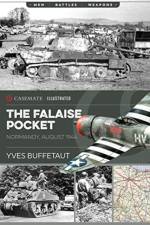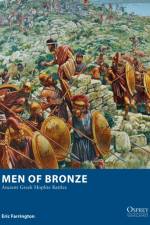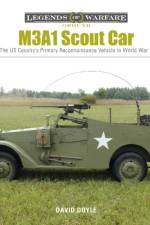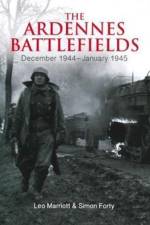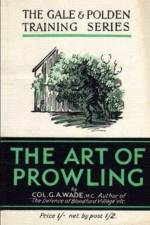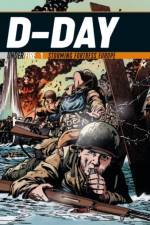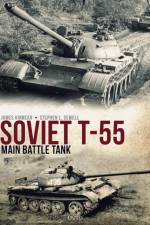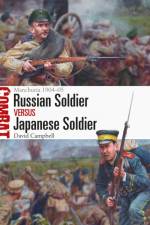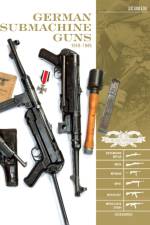av Otto Dix
389,-
Otto Dix (1891–1969) is considered one of the true lions of 20th-C art, a man who established himself as an uncompromising artist that refused to temper how he rendered the realities that he witnessed. Dix’s early works often depict the true brutalities of the WWI battlefields and trenches he served in for over three years, as well as the decadent underworld of 1920s Berlin. With the publication of this first of three volumes of an extensive selection of letters, the most comprehensive collection of Otto Dix texts at last comes into print in English. Encompassing well over 1,000 letters, and ranging from friends and family to other artists, collectors, colleagues, critics & biographers, the letters offer a personal portrait of six decades of the 20th C. Dix himself was a controversial figure throughout his life, and while he claimed never to write self-testimonials, the artist had much to say about the widest range of subjects in his private correspondence. Therein, we discover much about a figure who exhibited a gruff, often abrasive persona to many, a man who depicted war with unrepentant brutality yet who could at the same time pen the most romantic, schmaltzy letters to his wife and sketch amusing caricatures to his daughter. Following his experiences throughout WWI, Dix immediately took up with the dadaists in Dresden in 1919 and became an established figure as part of the Sezession. A few years later, after his first portrait commission in Dusseldorf in 1922, Dix met his future wife, Martha, with whom he would go on to raise three children, and who is one of the principle correspondents in this volume of letters. Some of his most significant work was produced in the 1920s, including his powerful Krieg (War) portfolio, for which the Nazis branded him a “degenerate artist” and forced him to resign his professorship in 1933. Condemned to internal exile, Dix thereafter resided in Hemmenhofen, in the extreme southwest part of Germany. Twelve years later, he would suffer further indignities from the Nazis when ordered to join the Volkssturm in 1945. Dix ended up in a prisoner-of-war camp, again a survivor of a second harrowing cataclysm. After his release, from 1946 onwards, the painter lived between East and West Germany, never truly at home in either ideologically, yet he remained prolific, continuing to produce art until the end of his life, having lived through two World Wars as well as the “Cold War.” This first volume covers the period 1904–1927 and the heart of it is a selection of Dix’s postcards from the WWI front written to his school friend in Dresden, Helene Jakob, a form of artistic reportage of uncanny power. Recipient of the Die schönsten Deutschen Bücher shortlist in 2014, Dix’s letters will prove to be of considerable interest to art historians, scholars of Expressionism, and aficionados of Dix, all of whom will encounter the artist as never before.

